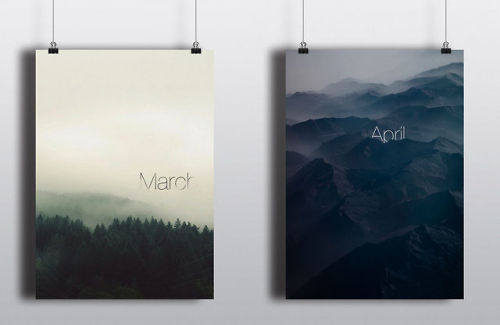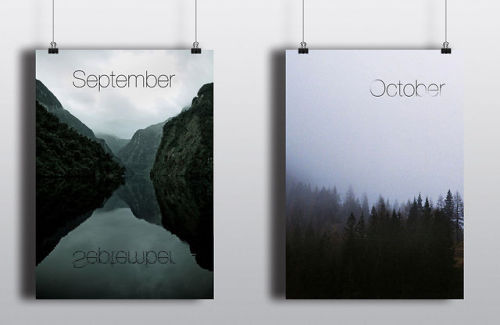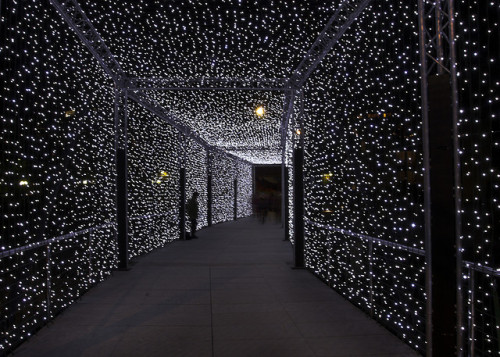The Forward Bulkhead And tunnel For Exploration Mission 1 Undergoing Paint Priming, October 9, 2015.

The forward bulkhead and tunnel for Exploration Mission 1 undergoing paint priming, October 9, 2015. The EM-1 Orion capsule is being fabricated at the Michoud Assembly Facility in New Orleans, Louisiana. Seven major components are welded together to create the capsule’s pressure vessel. It then gets shipped to Kennedy Space Center in Florida where it undergoes final assembly and outfitting of key systems.

More Posts from Inter-stellxr-blog and Others


Wernher von Braun’s space station concept in Collier’s, March 22, 1952 - (source)


New Horizons captures images of water ice and blue skies on Pluto
New Horizons, the spacecraft that keeps on giving.

Alternate Concept: Minimized Fairing and Stage 2 Recovery


The first structural test article of Orion’s Service Module arrived at NASA’s Glenn Research Center in Cleveland, Ohio yesterday (November 9). Manufactured by Airbus Defense and Space in Europe, (the same company who built the Automated Transfer Vehicle), the European Service Module will provide Orion’s electrical, propulsion and umbilical capabilities during flight. A single Orbital Maneuvering System engine leftover from the Space Shuttle program will power the spacecraft, and four 11-kilowatt solar panels will generate electrical power. The STA will be used for fit checks and other engineering tests at NASA’s Plumb Brook facility, which is a sub-facility of Glenn. An Antonov-124 aircraft, the second largest cargo plane in the world delivered the ESM STA to Cleveland International Airport November 9.

spoopy







Cygnus entering the atmosphere, photographed by Alexander Gerst on the ISS.
7 Things That Happen When You Go To Space
Told Through Astronaut Scott Kelly’s Tweets
Astronaut Scott Kelly is currently spending a year in space. Most expeditions to the space station last four to six months. By doubling the length of this mission, researchers hope to better understand how the human body reacts and adapts to long-duration spaceflight. During this one-year mission, Kelly is also participating in the Twins Study. While Kelly is in space, his identical twin brother, retired NASA Astronaut Mark Kelly, will participate in a number of comparative genetic studies.
Here are a few things that happen when astronauts go to the space station:
1. Your personal hygiene takes on a different form:


2. Sleeping arrangements might take some getting used to:



3. Internet services will remind you of the 90s:

4. You never have to do laundry:


5. You get to become immersed in a range of different cultures:

6. All of your water is recycled…yes…that means urine too:


7. You get to see the Earth like never before:



Follow Astronaut Scott Kelly’s Year in Space mission on Facebook, Twitter and Instagram.
Make sure to follow us on Tumblr for your regular dose of space: http://nasa.tumblr.com
This is what our night sky could look like guys.


NASA Astronomy Picture of the Day 2015 September 5
Atlas V Rising
Early morning risers along Florida’s Space Coast, planet Earth, were treated to a launch spectacle on September 2nd. Before dawn an Atlas V rocket rose into still dark skies carrying a US Navy communications satellite from Cape Canaveral Air Force Station into Earth orbit. This minutes long exposure follows the rocket’s arc climbing eastward over the Atlantic. As the rocket rises above Earth’s shadow, its fiery trail becomes an eerie, noctilucent exhaust plume glinting in sunlight. Of course, the short, bright startrail just above the cloud bank is Venus rising, now appearing in planet Earth’s skies as the brilliant morning star.
-
 spyderking83 reblogged this · 9 years ago
spyderking83 reblogged this · 9 years ago -
 spyderking83 liked this · 9 years ago
spyderking83 liked this · 9 years ago -
 q-lvck liked this · 9 years ago
q-lvck liked this · 9 years ago -
 lingon-berries liked this · 9 years ago
lingon-berries liked this · 9 years ago -
 nelc liked this · 9 years ago
nelc liked this · 9 years ago -
 sassysamoan liked this · 9 years ago
sassysamoan liked this · 9 years ago -
 sugarbutchy reblogged this · 9 years ago
sugarbutchy reblogged this · 9 years ago -
 amblingcamper liked this · 9 years ago
amblingcamper liked this · 9 years ago -
 free-space-with-purchase-of-time reblogged this · 9 years ago
free-space-with-purchase-of-time reblogged this · 9 years ago -
 konst65 liked this · 9 years ago
konst65 liked this · 9 years ago -
 justhavetofeelthewaves liked this · 9 years ago
justhavetofeelthewaves liked this · 9 years ago -
 good-and-colorful liked this · 9 years ago
good-and-colorful liked this · 9 years ago -
 lament-of-ajna liked this · 9 years ago
lament-of-ajna liked this · 9 years ago -
 homemade-nerd-soup reblogged this · 9 years ago
homemade-nerd-soup reblogged this · 9 years ago -
 middisymphy reblogged this · 9 years ago
middisymphy reblogged this · 9 years ago -
 rebelproject reblogged this · 9 years ago
rebelproject reblogged this · 9 years ago -
 signalbeast liked this · 9 years ago
signalbeast liked this · 9 years ago -
 olivegardenfan69 reblogged this · 9 years ago
olivegardenfan69 reblogged this · 9 years ago -
 penguinwithabanjo reblogged this · 9 years ago
penguinwithabanjo reblogged this · 9 years ago -
 penguinwithabanjo liked this · 9 years ago
penguinwithabanjo liked this · 9 years ago -
 suddenfallacy reblogged this · 9 years ago
suddenfallacy reblogged this · 9 years ago -
 vajohna liked this · 9 years ago
vajohna liked this · 9 years ago -
 sqwintss liked this · 9 years ago
sqwintss liked this · 9 years ago -
 lunpu liked this · 9 years ago
lunpu liked this · 9 years ago -
 buckv-blog1 liked this · 9 years ago
buckv-blog1 liked this · 9 years ago -
 warpony7979 reblogged this · 9 years ago
warpony7979 reblogged this · 9 years ago -
 warpony7979 liked this · 9 years ago
warpony7979 liked this · 9 years ago -
 eggstronomy liked this · 9 years ago
eggstronomy liked this · 9 years ago -
 brothersofthekaiju liked this · 9 years ago
brothersofthekaiju liked this · 9 years ago -
 inter-stellxr-blog reblogged this · 9 years ago
inter-stellxr-blog reblogged this · 9 years ago -
 katcat liked this · 9 years ago
katcat liked this · 9 years ago -
 cuddlyporcupine reblogged this · 9 years ago
cuddlyporcupine reblogged this · 9 years ago -
 alloftheextremes liked this · 9 years ago
alloftheextremes liked this · 9 years ago -
 water-whopper reblogged this · 9 years ago
water-whopper reblogged this · 9 years ago -
 riggin-n-swiggin reblogged this · 9 years ago
riggin-n-swiggin reblogged this · 9 years ago -
 riggin-n-swiggin liked this · 9 years ago
riggin-n-swiggin liked this · 9 years ago -
 dsi-7 reblogged this · 9 years ago
dsi-7 reblogged this · 9 years ago -
 ughitsanjali reblogged this · 9 years ago
ughitsanjali reblogged this · 9 years ago -
 the-telescope-times liked this · 9 years ago
the-telescope-times liked this · 9 years ago -
 the-telescope-times reblogged this · 9 years ago
the-telescope-times reblogged this · 9 years ago
"I don't know who will read this. I guess someone will find it eventually. Maybe in a hundred years or so." -Mark Watney
174 posts